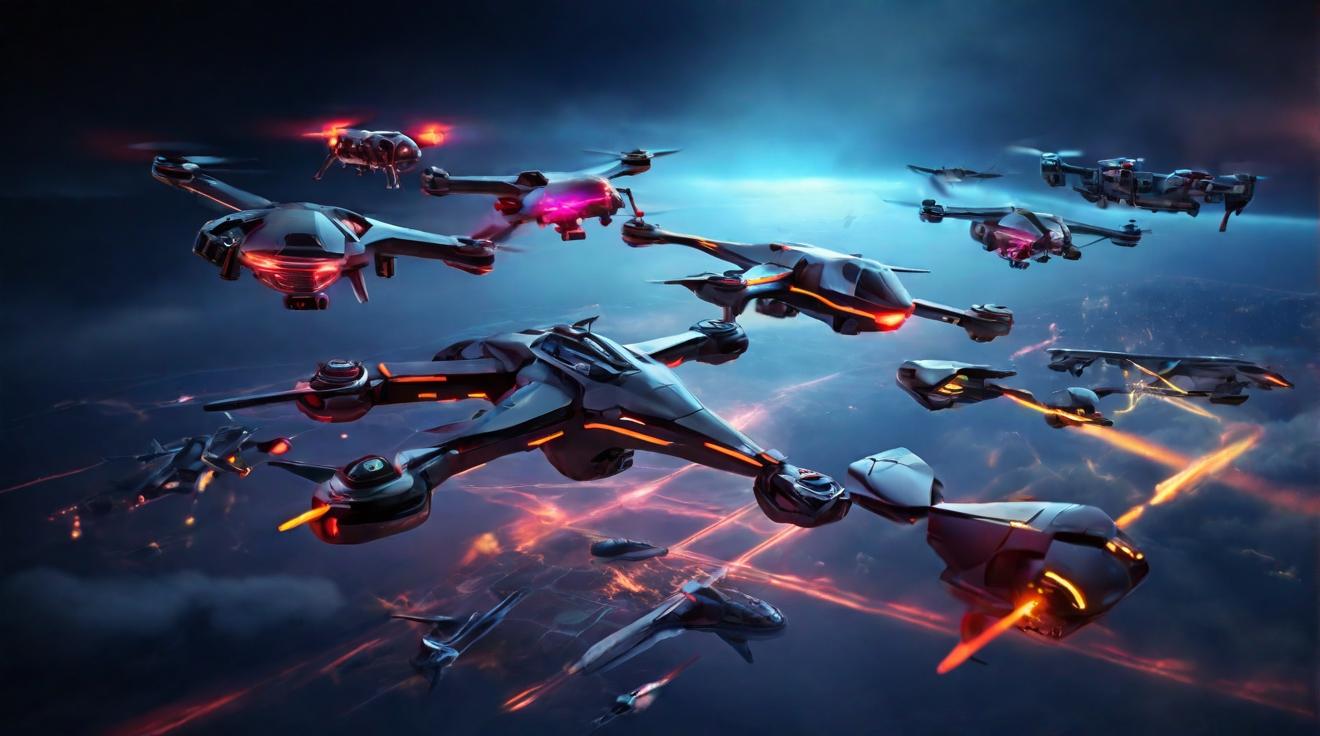Reinvention of Airpower: Drones and Unmanned Systems at the Forefront
In a pivotal State of the Air Force address, General David W. Allvin, the Chief of Staff of the Air Force, articulated a significant shift occurring in airpower. Speaking at the AFA Warfare Symposium on Feb. 13 in Aurora, Colorado, he declared the Air Force is at a "hinge in history," less than a day after the announcement of the most substantial changes the Air Force has seen in decades. This transformation is not solely about introducing new commands and ranks but revolves around a deeper, fundamental shift in airpower, driven by the proliferation of drones and other cost-effective weapon systems worldwide.
The evolving character of war, especially with the advancements in unmanned systems, is compelling the U.S. Air Force to reassess many of its foundational concepts. This reassessment is critical in modern conflicts ranging from strategic tensions in the Pacific with China to combating militia groups in the Middle East. Allvin emphasized the need for the Air Force to adapt to these changes to maintain global dominance.
The Impact of Unmanned Systems in Modern Warfare
The war in Ukraine has highlighted the significance of unmanned systems in contemporary conflict. The struggle for air superiority, combined with innovations in electronic and acoustic warfare, underscores the transformations that are reshaping how wars are fought. Gen. James B. Hecker's comments to reporters on Feb. 12 about developing low-cost solutions for countering drones reflect a strategic approach towards efficient defense spending and technological adaptation.
Air Force's Innovative Responses
Under Allvin's leadership, the Air Force has not remained static. The service is actively engaging with the challenges and opportunities presented by unmanned systems through various initiatives. One notable program is the Collaborative Combat Aircraft program, aimed at developing autonomous drones that can operate in tandem with manned aircraft. Additionally, grassroots efforts, such as the endeavors of Air Forces Central’s Task Force 99, are exploring the use of commercial, off-the-shelf, and 3D-printed drones for operational capabilities.
The Role of Airmen in the Transformation
Allvin highlighted the critical role that Airmen play in this era of transformation. Whether through involvement in Spark Cells or component efforts, Airmen are actively engaging with the technological shifts occurring within the electromagnetic spectrum and exploring asymmetric advantages through innovative, low-cost solutions. Their familiarity with rapidly evolving technology and their ability to adapt this technology into their operations underscore the Air Force's potential to continuously reinvent itself.
In conclusion, Gen. David W. Allvin's address illuminates the Air Force's commitment to adapting and evolving in response to the changing nature of warfare. Through the integration of drones and unmanned systems, along with the proactive engagement of Airmen in technological innovation, the U.S. Air Force is poised to ensure its continued dominance in the skies. As the Air Force navigates these changes, its leadership and personnel are dedicated to upholding the legacy of airpower while embracing the opportunities of the future.
Analyst comment
Positive news. The market for drones and unmanned systems is expected to grow as the U.S. Air Force adapts and evolves to maintain global dominance in modern warfare. This shift will drive increased demand for innovative technological solutions and low-cost defense spending, presenting opportunities for companies in this sector.













